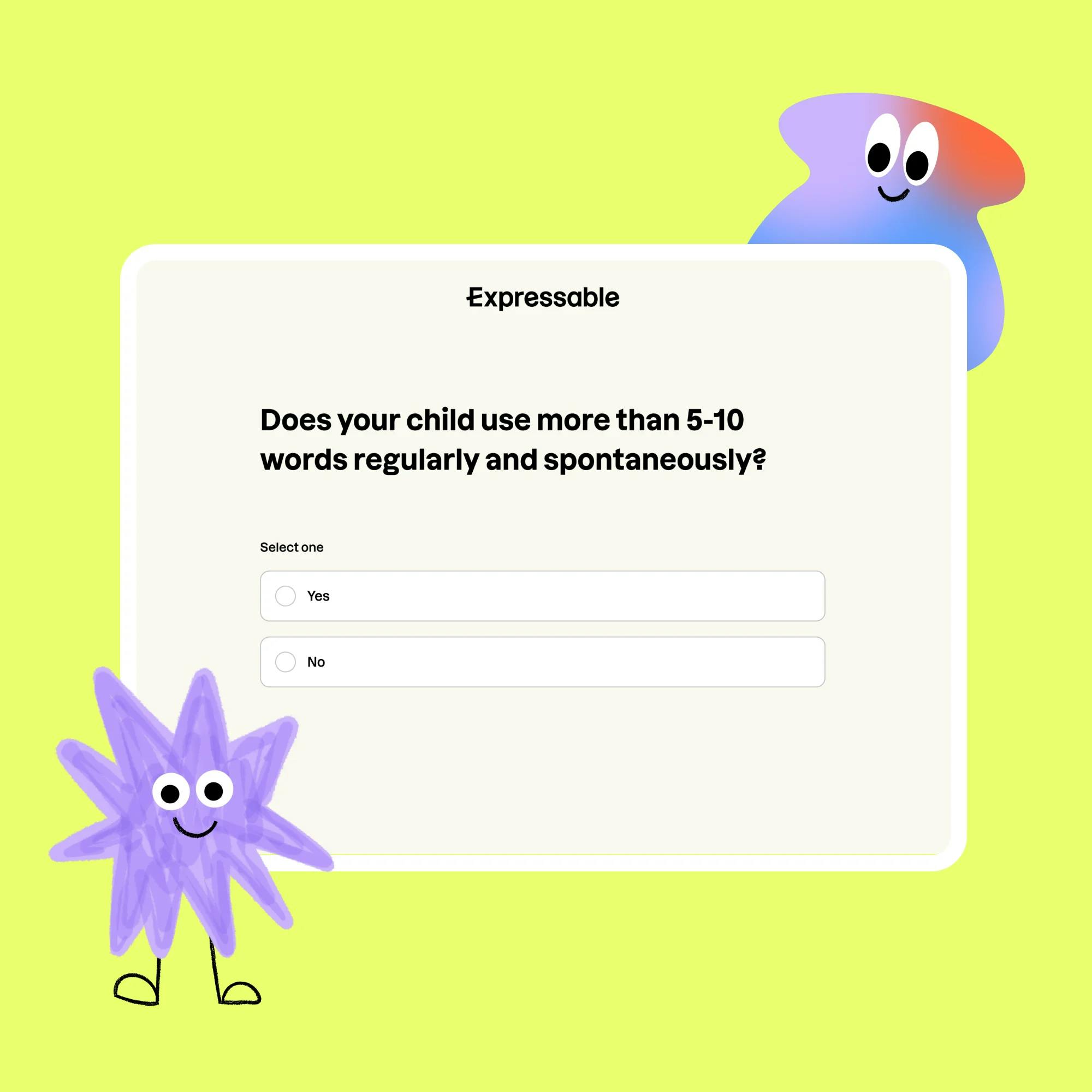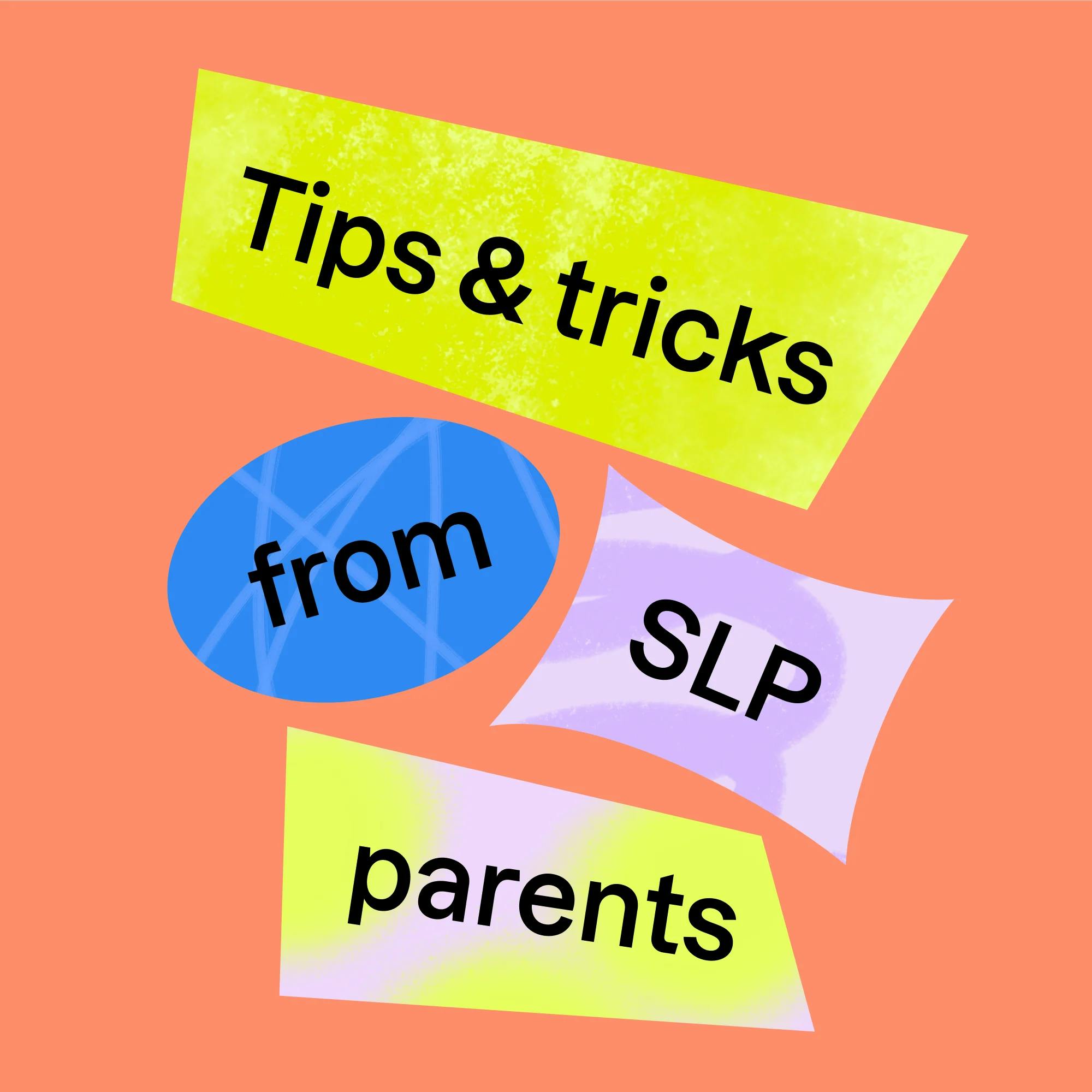Many people in the U.S. are bilingual, including young children. Children can learn to use more than one language at home, at school, or in the community.
Some people wonder if bilingual children have language delays. You may have heard that being bilingual can lead to speech delays or cause problems with academics. But the fact is, research has shown many benefits of being multilingual, including the ability to communicate and connect with a range of people.
Read on to get the facts about speech and language development in children who speak more than one language. We also include some tips for teaching your child a new language.


How children learn language
From birth to 3 years old, children's brains are rapidly developing, and they go through an accelerated phase of language learning. This is a time when they are most open and receptive to processing new information. Children aren't hard-wired to learn only one language! They can learn multiple languages with the right exposure and input.
Children acquire language by absorbing the world around them and interacting with loved ones. Whether a child is learning one primary language, or being raised in a bilingual household, the earlier a child is immersed in a language-rich environment, the better.


What is bilingualism?
In the simplest terms, bilingualism is the ability to communicate in two or more languages. There are several terms related to bilingualism that are used to describe the process of how we learn languages:
Simultaneous bilingualism: A person who develops two languages at the same time. Both languages are typically introduced before age 3.
Sequential bilingualism (also known as successive bilingualism or second language acquisition): Some level of proficiency is first established in the primary language; then, a second language is introduced after age 3.
Dual language learners: A person who learns two languages at the same time from birth. A dual language learner can also be someone who learns a second language after they have become proficient in a first language.
English language learners: This term is often used in schools to describe “language minority students” who are learning the majority language, English, for social and academic reasons. You may also see this referred to as “limited English proficient (LEP).”


6 myths and facts about bilingualism in children
According to the American Academy of Pediatrics (AAP), about 20% of children in the United States speak a language other than English at home. Let’s discuss some myths that speech therapists often see and hear when working with children from diverse backgrounds.
Myth #1: Exposing a child to more than one language confuses them
Fact: Learning two or more languages at the same time will not confuse a child. Rather, a child will develop the languages at the same time! A child will learn to use these languages in different situations.
Many multilingual speakers (children and adults) “mix” words across languages, using words from two languages in conversation. This phenomenon is called “code-switching,” and it’s completely normal! As children get older and their vocabulary and grammar develop, they naturally learn how to distinguish between languages during conversation.
Many multilingual speakers “mix” words across languages, using words from two languages in conversation.
Code-switching is important for multicultural identity and connecting with family and community members from different backgrounds. This is a language skill, not a language weakness, since bilingual speakers use multiple languages in intentional ways.
Myth #2: Bilingualism causes speech and language delays
Fact: There is a common myth that learning two languages can cause a delay in speech development. This misperception comes from the belief that bilingual children are prone to confusion–that their vocabulary development is split between two languages, and they don't fully understand when or how to use each language.
According to Expressable speech therapist Fab Leroy, M.S., CCC-SLP, “bilingual children achieve their developmental milestones concurrently with monolingual children. If a child experiences a speech or language delay, it will be evident in both languages, but it's not a result of acquiring two languages. Blending two languages in communication does not indicate confusion in the child.”


Myth #3: A child needs to learn one language fully before learning a second language
Fact: There is no evidence that this is true. We know that children are able to develop two or more languages proficiently. Research has consistently shown that the earlier you introduce language to a child, the better. The ideal language-learning time is the first few years of life. So there’s no need to wait! The learning of both languages can occur at the same time.
Preventing your child from learning another language may cost them meaningful connections in their life.
Further, learning one language will not make the child’s other language worse. In fact, preventing your child from learning another language may cost them meaningful connections in their life. Expressable clinician Jennifer DiLallo, M.S., CCC-SLP, has worked with many bilingual clients in Southwestern states. She has observed that some children who are taught not to learn their family’s language(s) do develop the local dominant language (English), but then aren’t able to communicate with their relatives (such as grandparents, or sometimes even parents!).
It’s important to help children learn all the languages they’ll need for connections at both school and home.


Myth #4: If a child is not equally fluent in both languages, they are not bilingual
Fact: Many bilingual people have a dominant language. Depending on how often each language is used, the dominant language can change over time. A child’s dominant language may also depend on where they are, who they’re talking to, and what they’re talking about!
A child’s dominant language may depend on where they are, who they’re talking to, and what they’re talking about.
Bilingual speakers have diverse language profiles. Here are some examples:
A school-aged child may prefer to speak English with their siblings or friends, rather than the language spoken at home by their parents and caregivers.
Children may know their house-related vocabulary more in one language and school-related vocabulary more in another language.
A child may respond better to one language for affection and another for discipline.
A child may fully understand instructions and questions in one language, then respond in another language.
These are all valid forms of bilingualism!
Being more fluent in one language doesn’t mean the child isn’t bilingual. Consistently speaking, writing, and reading in the second language will help both children and adults maintain that language over the long term.
Myth #5: Bilingual children are less intelligent or will have learning difficulties
Fact: Research done among infants and toddlers suggests that there may be cognitive advantages to learning two languages.
Because bilingual children practice switching between languages, it's no surprise these skills extend into academics. Young bilingual children may be better able to perform executive functioning tasks like multitasking, problem-solving, and time management. All of these skills are needed for school success.
Young bilingual children may be better able to perform multitasking, problem-solving, and time management.
If a child is from a bilingual or non-English-speaking household, their academic needs can be better supported in the language that they use at home or on a daily basis, even as they gain new skills and knowledge with exposure to bilingual education.
Studies have also shown that bilingual children have increased social awareness. Social skills are a big part of communication development. This involves how children empathize with their classmates, respond to different social situations, and communicate in a group (such as by sharing toys, listening to their teacher, and managing their emotions in a socially appropriate way). Bilingual children often interact with people of varying backgrounds and cultures. They’re used to navigating more complex social relationships.


Myth #6: You shouldn’t introduce another language to a child with a speech or language delay
Fact: Children with language delays may need to hear more repetitions in a language in order to learn. But they still benefit academically and socially from learning multiple languages, just like any other child! A review of bilingual research indicates that children with language delays are able to learn multiple languages and often benefit from bilingual therapy, as well.
DiLallo says, “All language helps language development. Children with speech or language delays benefit from multiple language supports, and bilingualism provides additional language resources for a child’s learning.”
How to teach your child more than one language
Now that we know all the amazing benefits of being bilingual, let’s discuss some ways you can support your child in learning more than one language.
It’s important to communicate with your child in the language(s) you are most comfortable using. Children learn best when provided with rich language models, with lots of exposure in different settings.
It takes practice to learn another language, just like any other skill. Start early and be supportive while you practice. Your child will make errors; that’s to be expected. Give them lots of chances to practice throughout your day.
You can incorporate practice and provide exposure through books, music, and TV. For example, reading and understanding can be supported by using subtitles in different languages on the TV.
Include your multilingual family and community! Maybe your child's grandparents speak one language, and their siblings speak another. Let family members communicate in different ways to your child to support their natural language connections with important people in their lives.
Consider using family activities for developing language. You might retell shared memories or cook a family recipe with instructions and ingredients across languages.
See this article from the American Speech-Language-Hearing Association for more ideas to support your bilingual child!
How Expressable Can Help
Concerned your child isn't reaching age-expected milestones? Looking for communication support from a professional? Expressable is a national online speech therapy practice serving children and adults. We treat all major areas of communication and feeding, offer flexible hours including evenings and weekends, and accept most major health insurance plans. We’re proud to have earned more than 3,000 5-star reviews from our clients (4.9/5 average).
Our therapy model is centered on parent and caregiver involvement. Research proves that empowering caregivers to participate in their loved one’s therapy leads to better outcomes. That’s why we combine live, 1-on-1 speech therapy with personalized education and home practice activities for faster progress.
Communication is more than words. It’s how we share how we feel and show who we are. We’re here to help you or your child do just that.

 Alexis Irazoque, M.S., CCC-SLP
Alexis Irazoque, M.S., CCC-SLP









